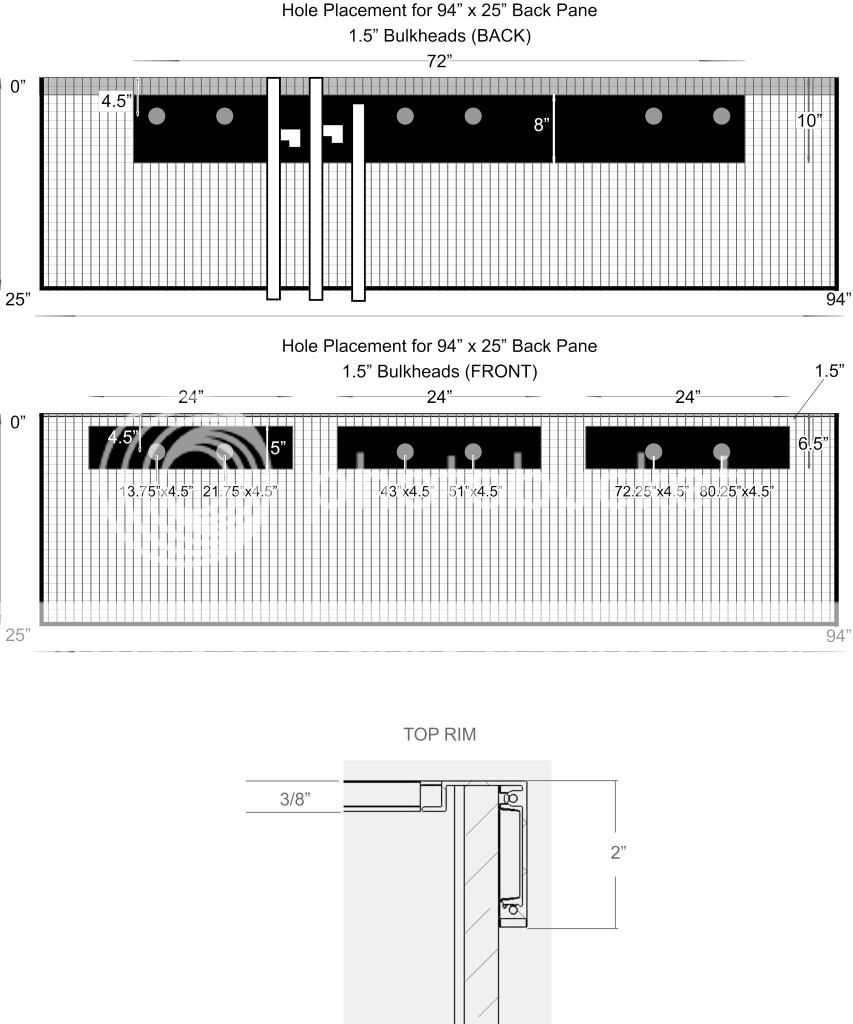The valve setting on the siphon determines the running water level in the overflow box. The problem with your system, is you are not getting any pressure head above the siphon, therefore the system is not starting up right.
Whether raising the open channel a 1/2" or so, will cure the problem or not is an unknown. Whether bushing the siphon down to 1" would solve the problem is an unknown. Those are the two cures for this issue, provided the rest of the system is "right."
I have tried pretty hard to find a video of a BA, as designed, firing up the proper way, with little luck so far. I have found a BA variant that does fire up properly. I think this system would fire up properly with the OC and Siphon at the same level, but I cannot be sure, I don't have my hands on the system. I do know that the OC would not need to be quite as high as it is.
This is what your system is not doing:
https://www.youtube.com/watch?v=tWMzmiU3wDY
And that is what yours needs it to do. (Watch the head height over the siphon.)
You want the waterfall into the overflow to be ~1 - 1.5". It is not rocket science, so you don't need a micrometer. But in that area. So I would raise all three standpipes up in the overflow. Your overflow box is going to be a problem no matter water, due to the size and the teeth, at just about any flow rate above where it is now. The
drain system as it is right now, will handle 3000gph+. The overflow at that flow rate will make you want to shoot it.
So what precisely should be done to fix your system depends on the flow rate. So let's start with the tank size, and multiply that by 10 to arrive at a target flow rate. (Very reasonable.) We can go from there.




